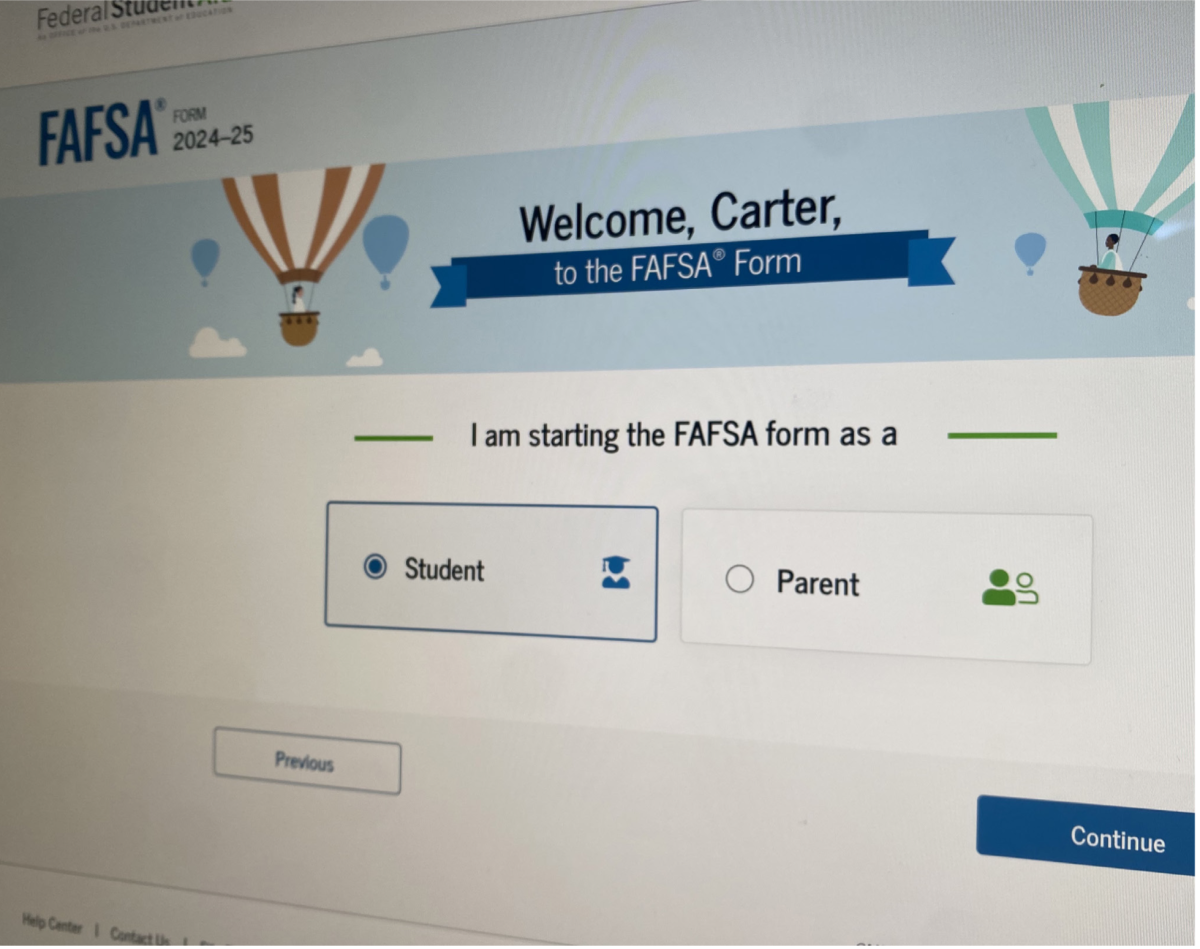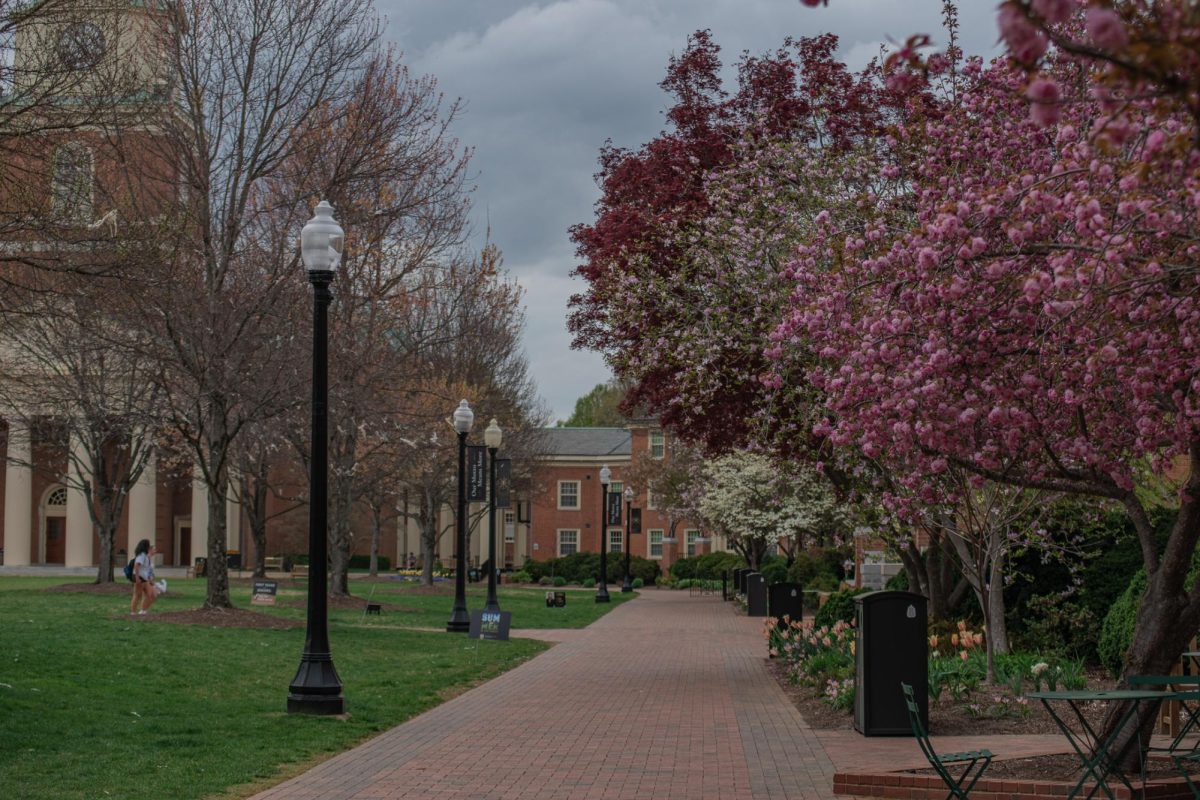As the old adage goes, “If it ain’t broke, don’t fix it.” Unfortunately, the Free Application for Federal Student Aid (FAFSA) system, which has enabled many to access higher education, has been broken for far too long — and the most recent attempts to fix it have failed more spectacularly than Wake Forest’s attempts to make the NCAA tournament.
The Department of Education sought to revamp the program before applications for the 2024-2025 school year began, but the new application didn’t come out as initially scheduled. FAFSA 2.0 was released later than expected in December, leaving thousands of students questioning if they would get the aid they needed. Unfortunately, the answer to those questions wouldn’t be answered anytime soon, as once the form went live on the website, users struggled to input vital information such as income history from the IRS.
The rollout was so disastrous that a Government Accountability Office investigation of the rollout was initiated by members of the House and Senate to unearth the problems with FAFSA. It’s no wonder why when the Department of Education admitted it made an error in its formula for calculating aid totals, which would have shortchanged students by 1.8 billion dollars.
But most of the damage has already been done as the delayed rollout of the new FAFSA forms makes it harder for college financial aid administrators to figure out how they will determine financial aid. Specifically, these administrators usually get their data from the Department of Education with ample time to review each application, but the Biden Administration announced on March 11 that it just started sending out FAFSA data. This will force university administrations to rush through reviewing applications in time to send financial aid.
The National Association of Student Financial Aid Administrators came out with a statement noting how significant delays in aid package delivery will hurt students who need aid the most when deciding where to attend college, as they will likely be missing critical information on the true cost of their degree. This also puts students on the clock much earlier than normal, as NPR estimates that financial aid packages will likely be sent out in mid-April leaving students under a month to decide before the traditional May 1 deadline.
For the estimated 17 million college students who applied for some sort of federal aid, this sort of time crunch is neither helpful nor welcomed since this overhaul was designed to make FAFSA easier to access. A report from Education Northwest found that one-third of students who didn’t fill out FAFSA were eligible for Pell Grants, and many cited the process’s complexity as a primary reason why they didn’t fill out the forms.
The revamp did attempt to fix this by condensing the number of questions from 100 to 40, but without a fully functioning website at first and consistent technical glitches throughout the process, this effort largely backfired. Looking at the number of applicants so far shows just how difficult this process has been for many, as the New York Times notes that as of March 13, the Department of Education has only received 5.7 million applications out of the 16-17 million estimated applications that will be coming in.
While FAFSA wasn’t perfect before this attempted amelioration by the Department of Education, the flawed attempts to fix it have jeopardized millions of students’ access to financial aid to pay for college. The catastrophe that the Department of Education has unleashed will likely have the worst impact on those who need this funding the most. Research from Brookings notes that, even before this change, students in the lowest-income quintile were 10% less likely to fill out FAFSA in the first place, without the added difficulty of buggy websites that barely work.
It’s easy to say all that’s wrong with the system, but what are the next steps? For one, colleges should extend deadlines for decisions to make up for the lost time in decision-making. 190 colleges have already done this, and others should follow suit to maximize equity post-FAFSA meltdown. It wasn’t their mistake that plunged millions of students into a world of financial uncertainty, but unfortunately, they are the only ones in power to ameliorate the damage caused by the FAFSA’s failures. Wake Forest especially needs to take note of this as the university hasn’t postponed its commitment deadline across the board, only offering delays on a case-by-case basis according to the National Association for College Admissions Counseling (Page 22).
Second, the Department of Education must ensure that its attempts to increase access to vital financial aid don’t come crashing down yet again. FAFSA is a crucial factor in increasing college enrollment, as the National College Attainment Network finds that students who filled out FAFSA were 41% more likely to enroll in college than peers who did not. Despite the pivotal role FAFSA plays, if its attainment is over-complicated, the benefits it provides will deteriorate, depriving tens of thousands of the educational opportunities they deserve. When both of these steps are taken, maybe the college financial aid system will be less broken than Wake Forest’s tournament hopes.










